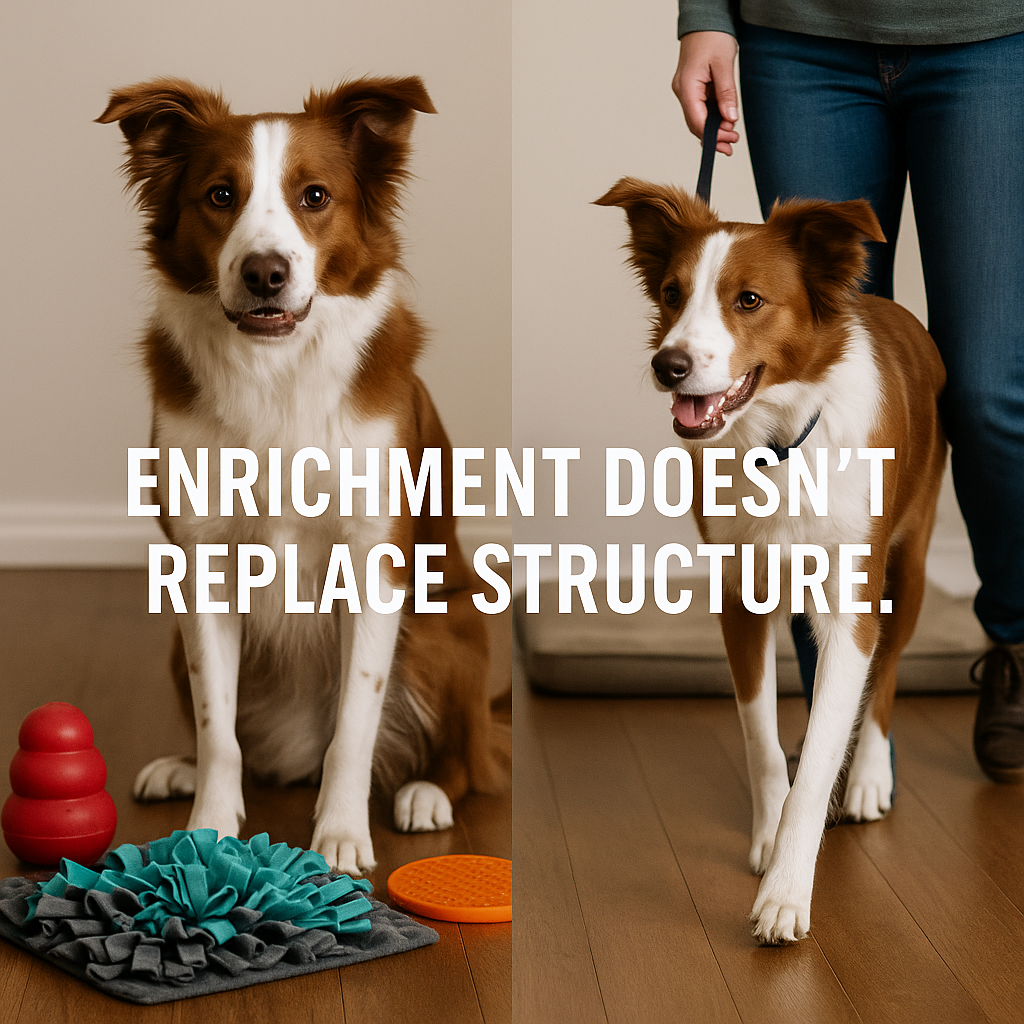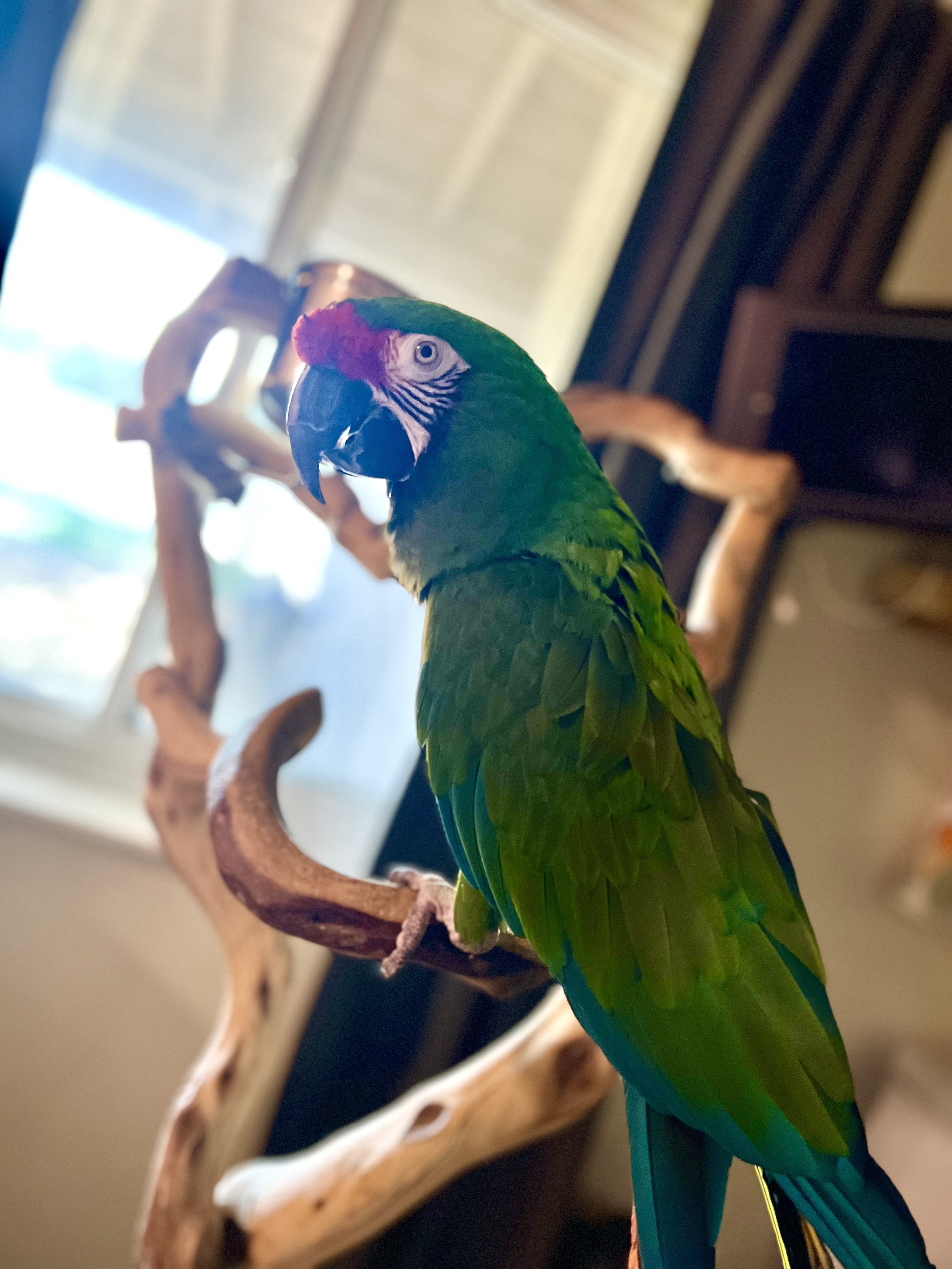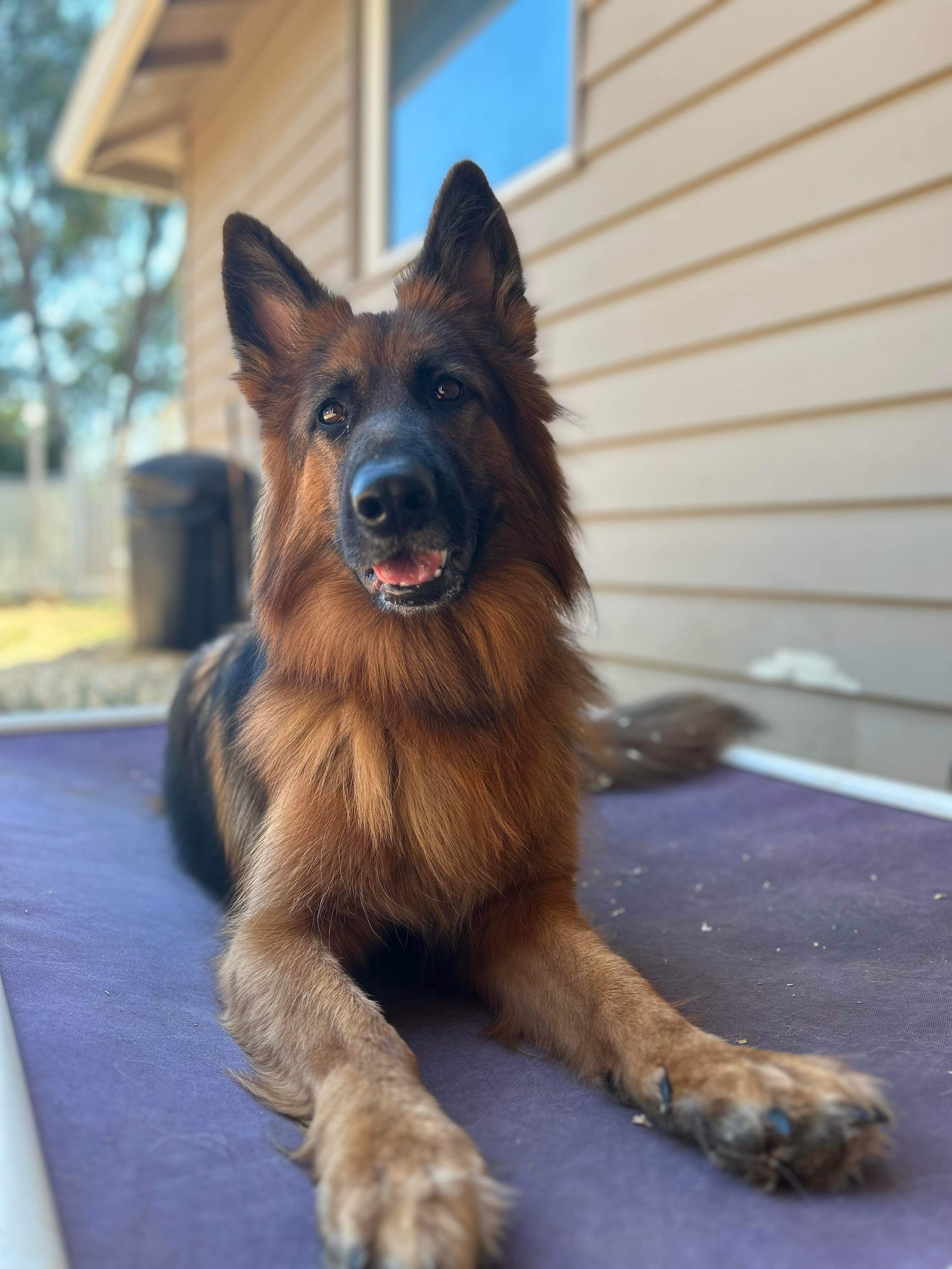In today’s dog world, “enrichment” has become the go-to answer for everything — anxiety, boredom, reactivity, you name it. Scroll social media and you’ll see dogs surrounded by toys, lick mats, and puzzles, often described as “mental stimulation.” While enrichment can absolutely be useful, it’s not a replacement for what truly changes a dog’s behavior: exercise, structure, and meaningful training.
“Enrichment” has become a buzzword in dog training. You see it everywhere — stuffed Kongs, snuffle mats, lick mats, puzzles, and frozen treats marketed as must-haves for a happy dog. And while these tools have value, they’ve quietly become a substitute for the very things that actually teach dogs how to live well in our world: exercise, structure, and a working relationship with their owner.
The problem isn’t enrichment itself. The problem is what it’s replacing.
We’re seeing more and more owners use puzzle feeders and toys to keep their dogs busy, yet they skip the walk, the calm time on a place bed, or the training session that builds actual communication. A snuffle mat doesn’t teach patience. A lick mat doesn’t teach impulse control. And a puzzle toy doesn’t teach a dog to look to you for direction when something new or stressful happens.
Those things come from leadership, time and experience — not from distraction.
Dogs are meant to move, follow, and work alongside people. Real exercise — structured walking, long-line recall, hiking, or obedience sessions — does more to stabilize a dog’s mind than any “brain game” ever will. When enrichment becomes the only outlet, we’re feeding the dog’s nervous system instead of grounding it. They learn to self-entertain, not self-regulate.
The truth is, many behavior problems we see today come from too much freedom paired with too little accountability. Owners want calm dogs, but they’re unintentionally raising dogs who only know how to be busy. That kind of mental activity without structure doesn’t drain energy — it creates more of it.
There’s nothing wrong with giving your dog something to chew or lick. But enrichment should support a structured day, not replace it. Use it after a walk, after training, after a down-stay or crate session — as part of a balanced lifestyle where the dog’s mind and body both have a job.
If your dog’s routine is heavy on toys and light on training, start re-balancing. The best enrichment is time spent working together — a clear command, a calm release, and a dog who understands exactly what you expect.
Because at the end of the day, fulfillment doesn’t come from novelty. It comes from connection.
If you’re in the Sacramento area and want to bring structure and balance back into your dog’s routine, we can help. Whether it’s private sessions or a full board and train program, Animal Minds Behavior & Training builds calm, responsive dogs who listen because they understand — not because they’re distracted.
Schedule your evaluation today.

















